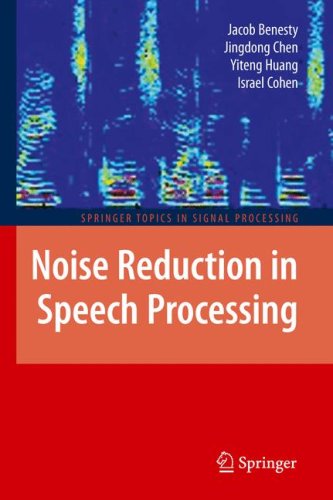

Most ebook files are in PDF format, so you can easily read them using various software such as Foxit Reader or directly on the Google Chrome browser.
Some ebook files are released by publishers in other formats such as .awz, .mobi, .epub, .fb2, etc. You may need to install specific software to read these formats on mobile/PC, such as Calibre.
Please read the tutorial at this link: https://ebookbell.com/faq
We offer FREE conversion to the popular formats you request; however, this may take some time. Therefore, right after payment, please email us, and we will try to provide the service as quickly as possible.
For some exceptional file formats or broken links (if any), please refrain from opening any disputes. Instead, email us first, and we will try to assist within a maximum of 6 hours.
EbookBell Team

4.0
56 reviewsNoise is everywhere and in most applications that are related to audio and speech, such as human-machine interfaces, hands-free communications, voice over IP (VoIP), hearing aids, teleconferencing/telepresence/telecollaboration systems, and so many others, the signal of interest (usually speech) that is picked up by a microphone is generally contaminated by noise. As a result, the microphone signal has to be cleaned up with digital signal processing tools before it is stored, analyzed, transmitted, or played out. This cleaning process is often called noise reduction and this topic has attracted a considerable amount of research and engineering attention for several decades. One of the objectives of this book is to present in a common framework an overview of the state of the art of noise reduction algorithms in the single-channel (one microphone) case. The focus is on the most useful approaches, i.e., filtering techniques (in different domains) and spectral enhancement methods. The other objective of Noise Reduction in Speech Processing is to derive all these well-known techniques in a rigorous way and prove many fundamental and intuitive results often taken for granted.
This book is especially written for graduate students and research engineers who work on noise reduction for speech and audio applications and want to understand the subtle mechanisms behind each approach. Many new and interesting concepts are presented in this text that we hope the readers will find useful and inspiring.